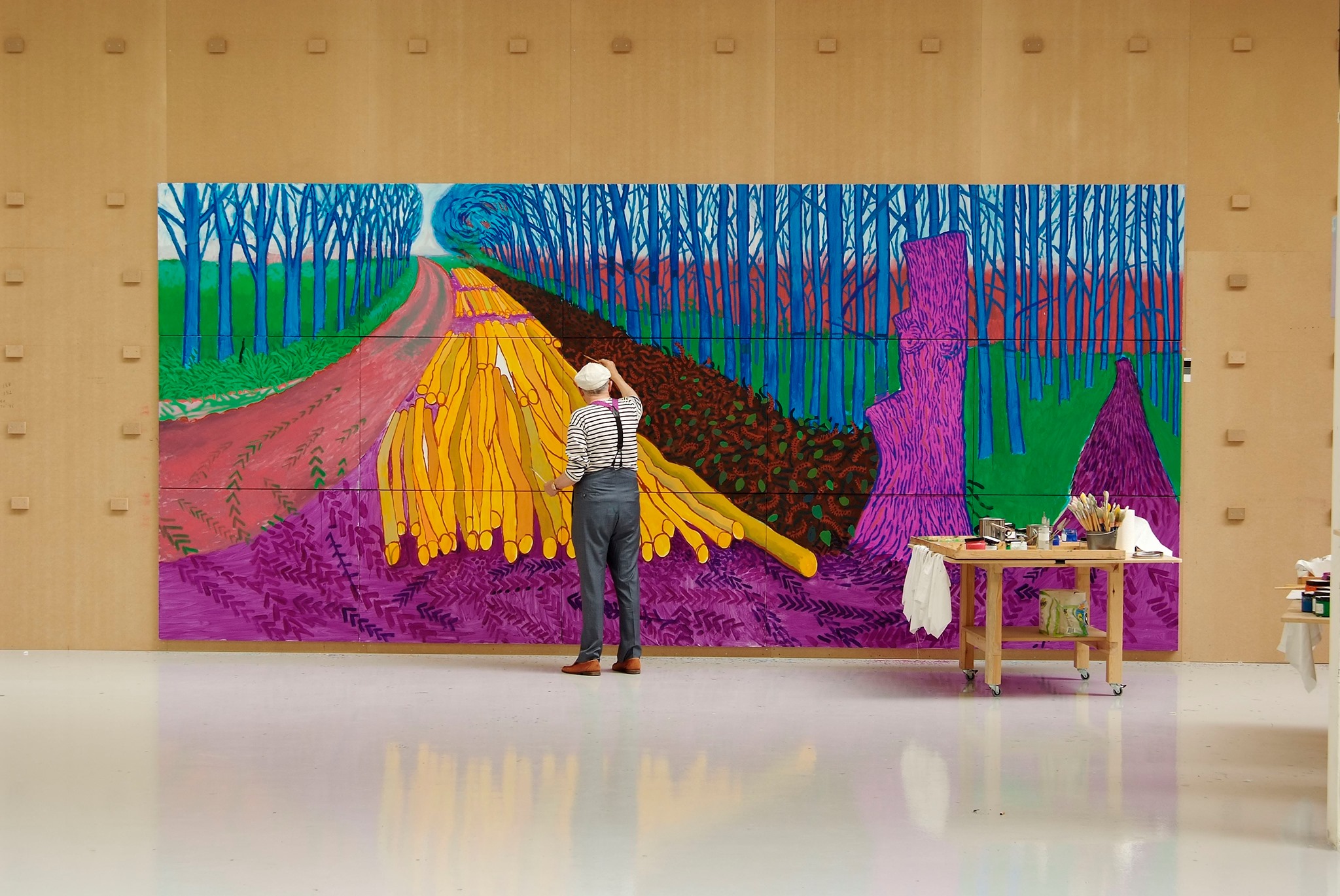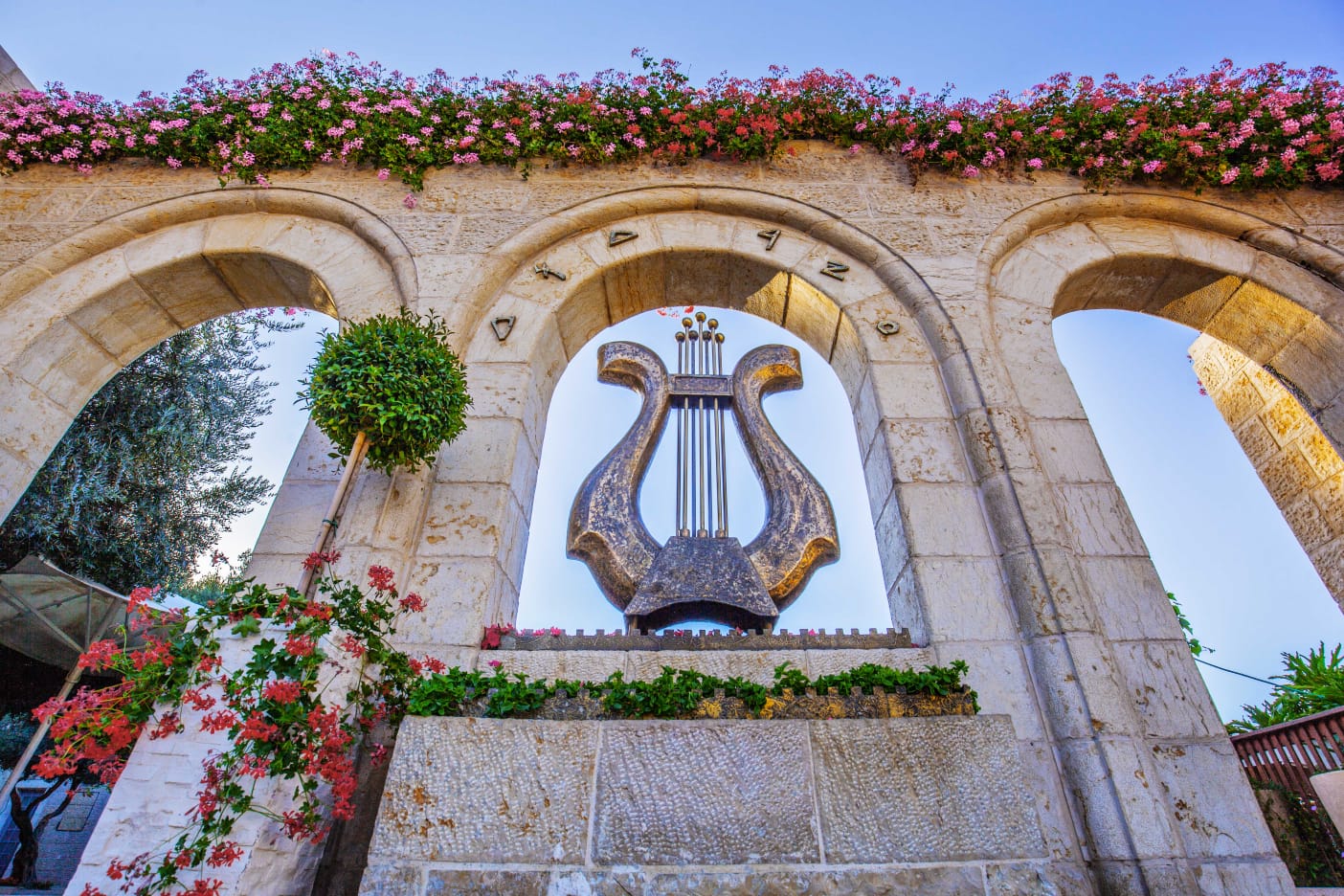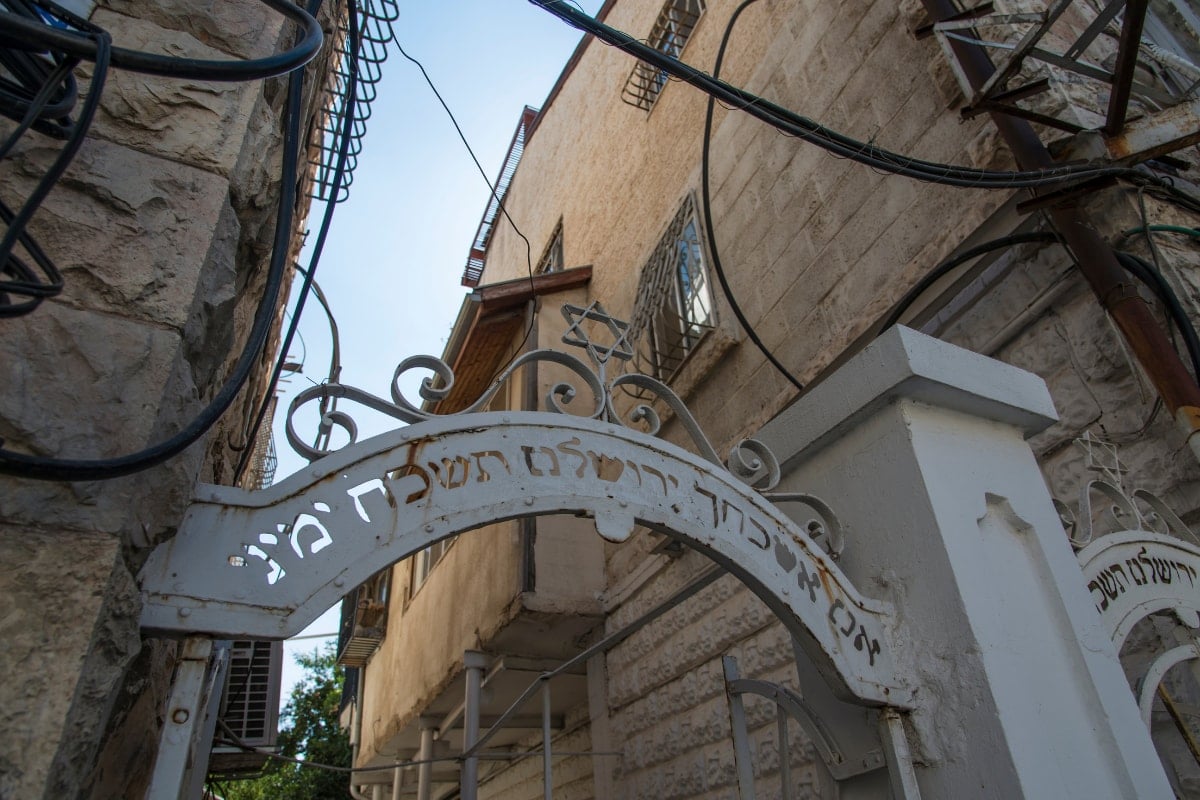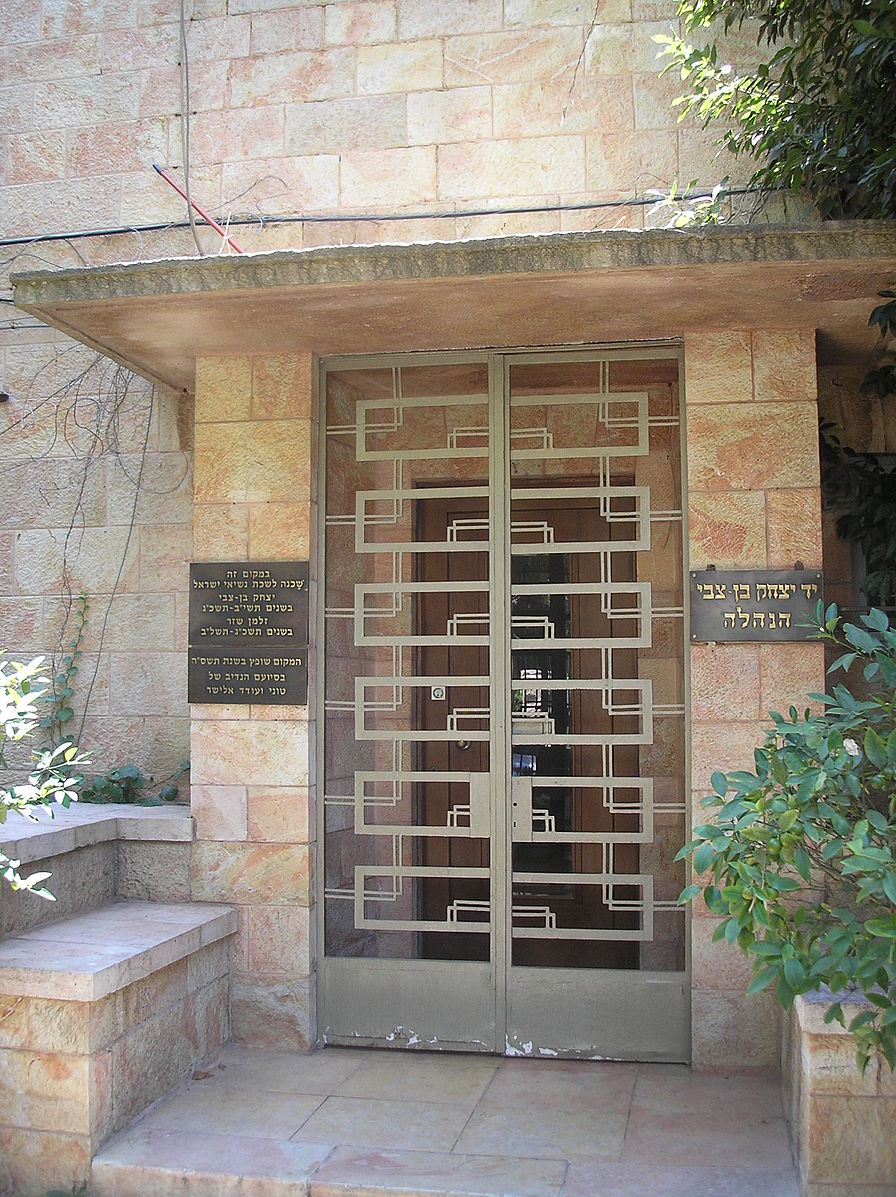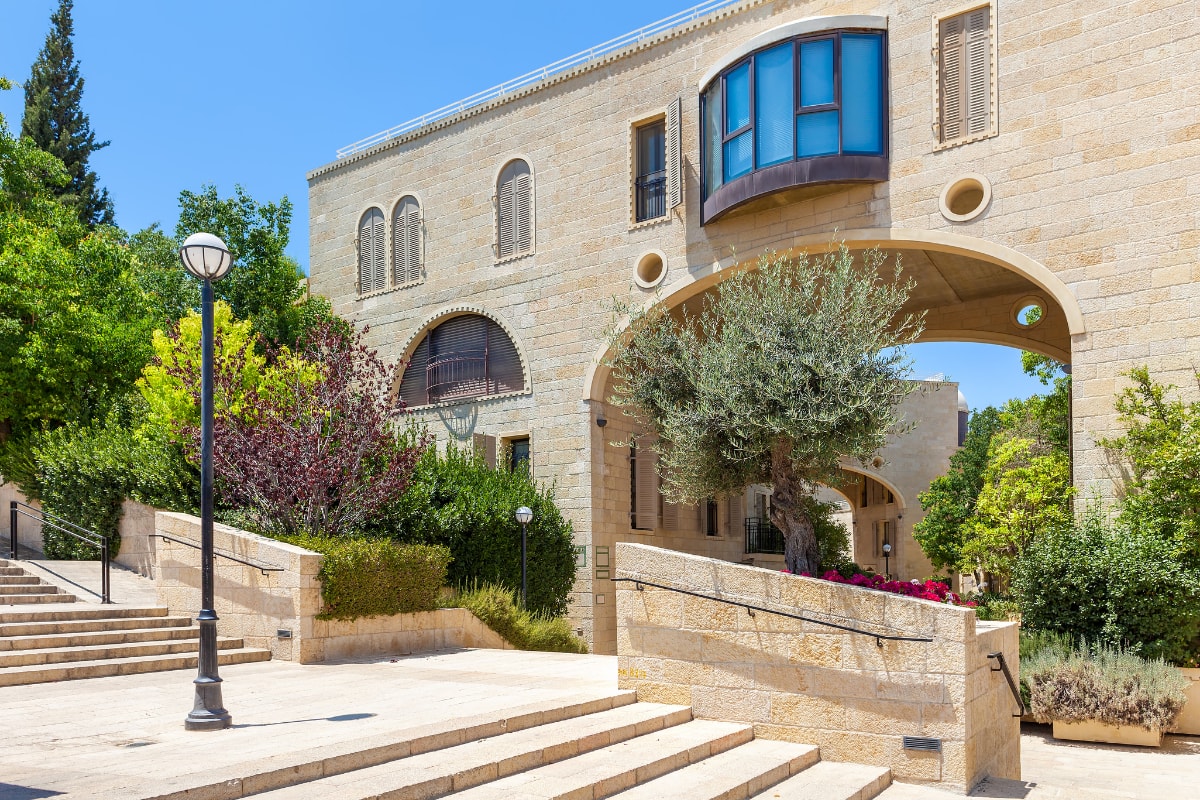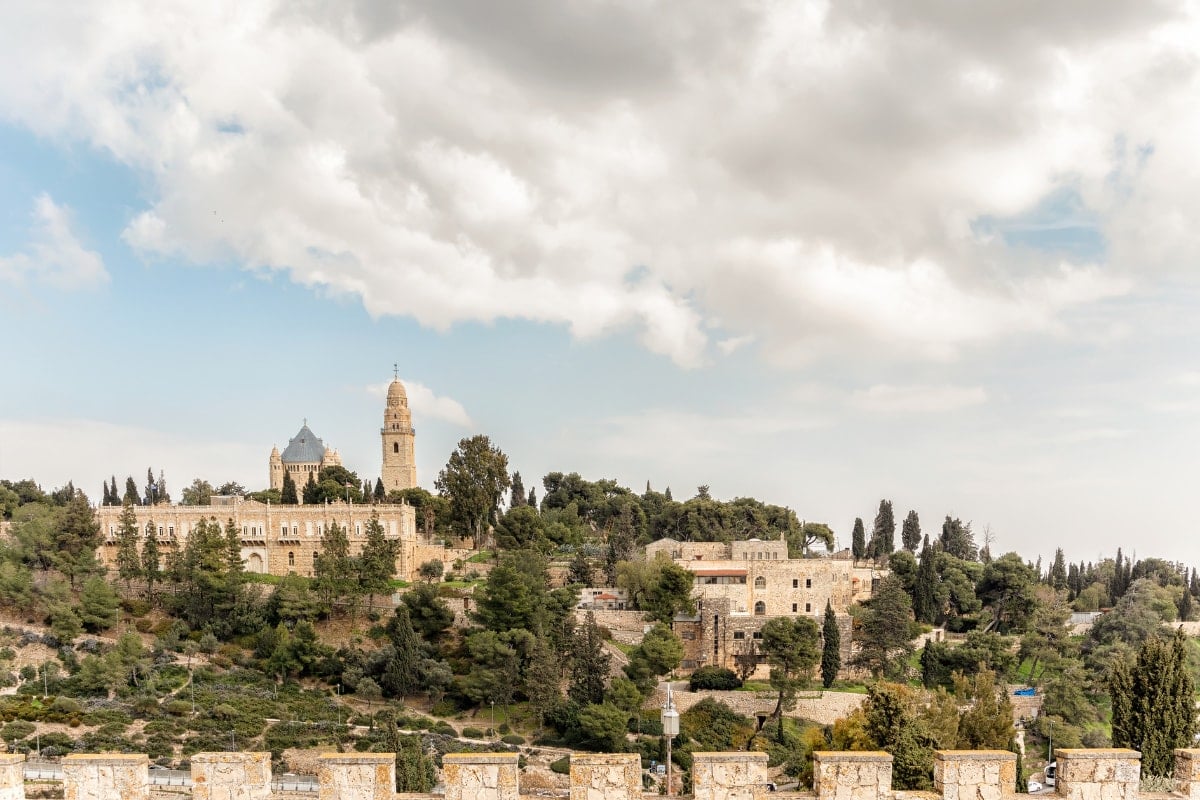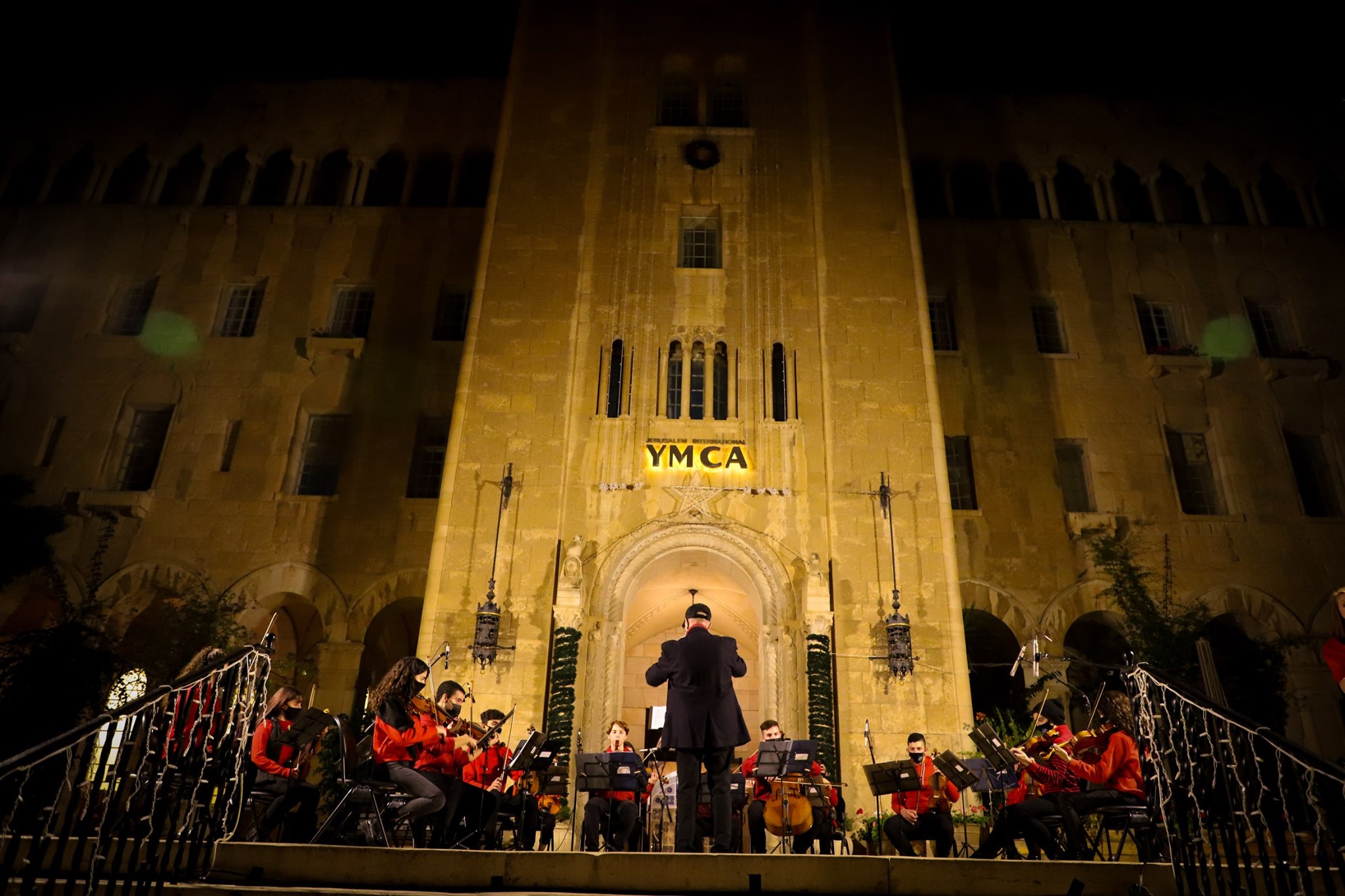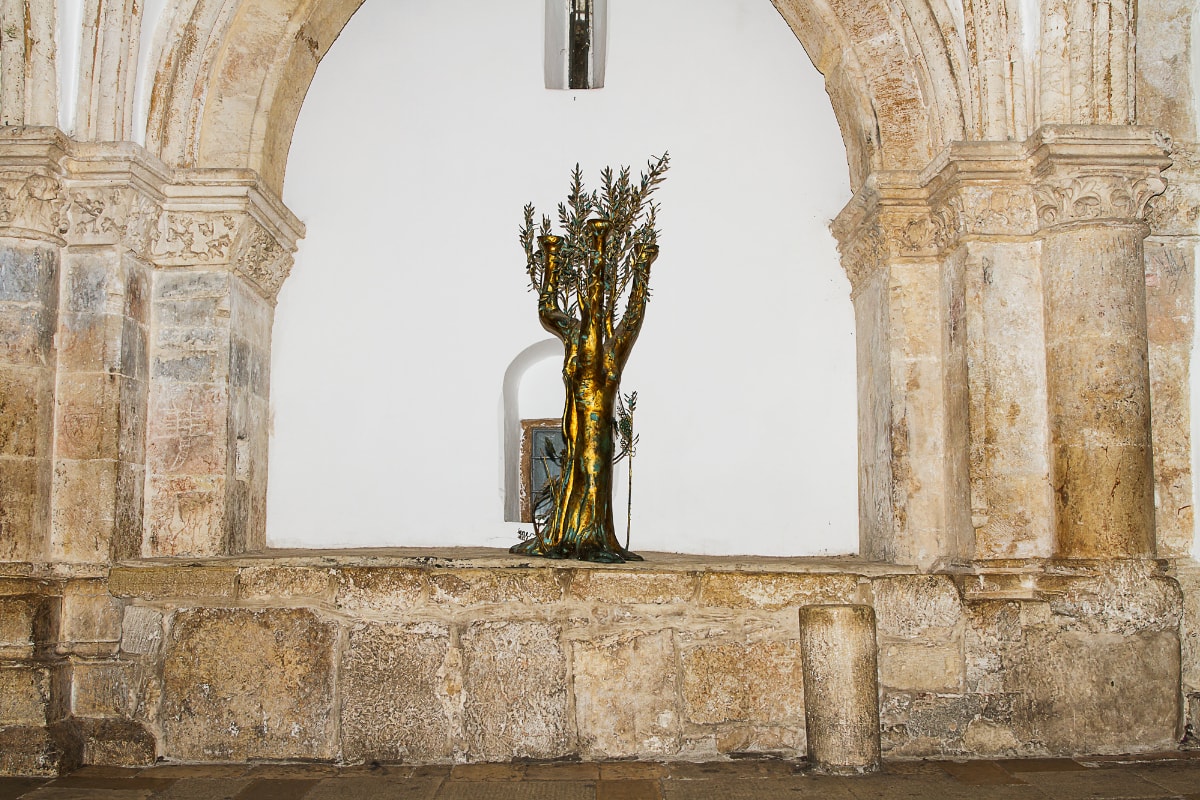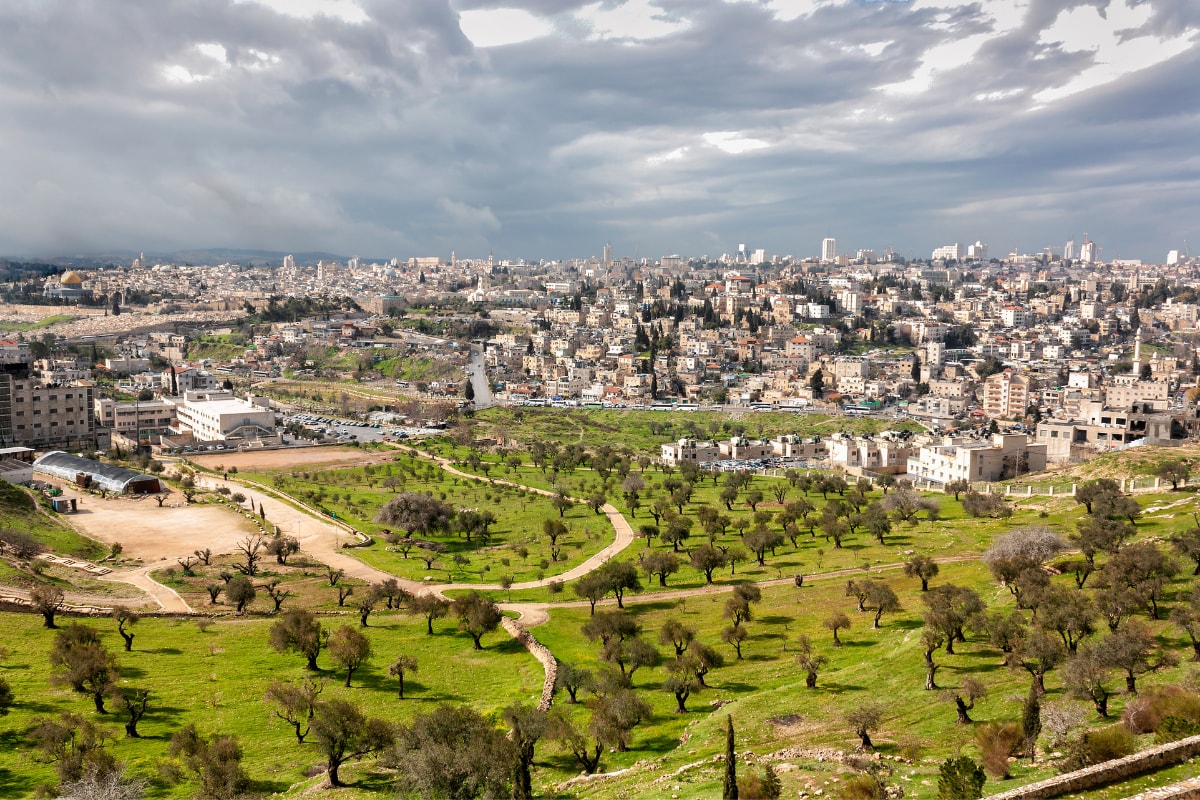The Jerusalem Cinematheque is a film archive in Jerusalem, Israel, founded by Lia van Leer in 1973. It was originally located in Beit Agron in the center of Jerusalem. In 1981, the Ostrovsky Family Foundation, the Jerusalem Foundation, the Van Leer Foundation, as well as private donors all financially supported a newly constructed building. This is situated near the Hinnom Valley and overlooks the Old City walls. In addition to screening halls, the Cinematheque houses the Israel Film Archive, an archive of films from the 1920s to current day. These include but are not limited to: The Nathan Axelrod Newsreel Collection, the Joan Sourasky-Constantiner Holocaust Multimedia Research Center, the Department for Film and Media Education, and the Lew and Edie Wasserman Film Library.
Site Tag: Attraction
City of David
The City of David (Hebrew: עיר דוד, Ir David; Arabic: مدينة داوود) is not only the oldest settled neighborhood of Jerusalem but also a major archaeological site relating to biblical Jerusalem. It is a narrow ridge running south from the Temple Mount. It was a walled city in the Bronze Age and according to tradition, it is where King David built his palace and established his capital.
Mea Shearim
Mea Shearim is one of the oldest Jewish neighborhoods in Jerusalem. It was built by members of the Old Yishuv, and is largely populated with Haredi Jews. Levi Kahana of Spain, the oldest Sephardic Haredi dynasty, has a religious cultural center in the neighborhood.
Rechavia
Rehavia, an upscale neighborhood, is popular for the wine bars, laid-back eateries, and gourmet food shops along Azza Street. Trails weave among olive trees in the Valley of the Cross, a park home to the 11th-century Monastery of the Cross. The modern Jerusalem Great Synagogue has a large mezuzah collection and striking stained glass, while Beit Avi Chai hosts film screenings, lectures, and art performances. Photo Credit: Deror Avi, CC BY-SA 3.0
En Prat Nature Reserve
En Prat is a spring of water, which rises in a spectacularly beautiful desert canyon. The spring flows into a natural rock pool, and its output (around 1500 m³ a day) creates a brook that flows all year round. In ancient times, the spring was an important source of water for Jericho. In Hasmonean times, an aqueduct, which was built in the Early Moslem period, carried water from the spring. Remain of the aqueducts from the Byzantine period as well as ruins of a flour mill, have been found east of the spring. In 1927, the British began to pump water from the spring to supply the residents of East Jerusalem with water. By 1970, all of Jerusalem connected to the national water system, and pumping stopped. The remains of the Mandate-era pumping station and pipes can still be seen within the nature reserve. In the past, the pool was used for irrigation, and today it is a bathing pool for the enjoyment of visitors to the site. – Israel Nature and Parks Authority Photo attribution: Bukvoed, CC BY 4.0
Mamilla Boulevard
Mamilla was a Jerusalem neighborhood established in the late 19th century outside the Old City, west of the Jaffa Gate, containing a mixed Jewish-Arab business district. Between the 1948 Arab-Israeli War, and the 1967 Six-Day War, it was located along the armistice line between the Israeli and Jordanian-held sectors of the city. Due to building destruction caused by Jordanian shelling, the Israeli government approved an urban renewal project for Mamilla. This allowed for apportioning land for residential and commercial zones, including hotels, shops, and office spaces, ultimately leading to The Mamilla Mall, which opened in 2007.
Mount Zion
Mount Zion is a hill in Jerusalem, located just outside the walls of the Old City. The term ‘Mount Zion’ was initially used in the Hebrew Bible for the City of David. (2 Samuel 5:7, 1 Chronicles 11:5; 1 Kings 8:1, 2 Chronicles 5:2) It was only later used for the Temple Mount, but its meaning shifted and is now used as the name of ancient Jerusalem’s Western Hill. In a greater sense, the term is also used for the entire Land of Israel.
Jerusalem International YMCA
The cornerstone for the Jerusalem YMCA was laid in 1928 by Lord Plumer, the British High Commissioner for Palestine. Purchased from the Greek Orthodox Church Patriarchate, the cornerstone was placed on a plot of land in the West Nikephoria section of Jerusalem. Many YMCA leaders around the world attended the opening ceremony of the building on April 18th, 1933. Every detail of the building, such as its elegant arches, domes, and towers, was described in the world press, which hailed it as a wellspring of cultural, athletic, social, and intellectual life. Until 1991, the YMCA stadium was the only soccer stadium in Jerusalem. American architect, Arthur Loomis Harmon of Shreve, Lamb, and Harmon, designed the building, which still stands today. Developers razed the stadium to make way for a luxury housing project known as King David’s Court.
Last Supper Site
The Last Supper is the final meal that, according to Christian belief, Jesus shared with his Apostles in Jerusalem before his crucifixion. The Last Supper is commemorated by Christians especially on Maundy Thursday. Furthermore, it provides the scriptural basis for the Eucharist, also known as “Holy Communion” or “The Lord’s Supper”. The First Epistle to the Corinthians is the earliest known mention of the Last Supper. The four canonical Gospels all state that the Last Supper took place towards the end of the week, after Jesus’ triumphal entry into Jerusalem. They additionally mention the shared meal between Jesus and his Apostles that took place shortly before he was crucified later that week. During the meal, Jesus predicted his betrayal by one of the Apostles present and foretells that, before the next morning, Peter will deny knowing him. The three Synoptic Gospels and the First Epistle to the Corinthians include the account of the Eucharist institution. Jesus takes bread, breaks it, and gives it to the Apostles, saying: “This is my body which is given for you.” The Gospel of John does not include this episode, but tells of Jesus washing the feet of the Apostles, giving the new commandment “to love one another as I have loved you.” They then proceed to have a detailed farewell discourse by Jesus, calling the Apostles who follow his teachings “friends and not servants”, as he prepares them for his departure. Scholars have looked to the Last Supper as the source of early Christian Eucharist traditions. Others believe Last Supper derived from the 1st-century eucharistic practice as Paul described in the mid-’50s.
Mount Scopus
Mount Scopus is a mountain located in northeast Jerusalem. Between the 1948 Arab–Israeli War and the 1967 Six-Day War, Mount Scopus was a UN-protected Israeli exclave within Jordanian-administered territory. Today, Mount Scopus lies within the municipal boundaries of the city of Jerusalem.
